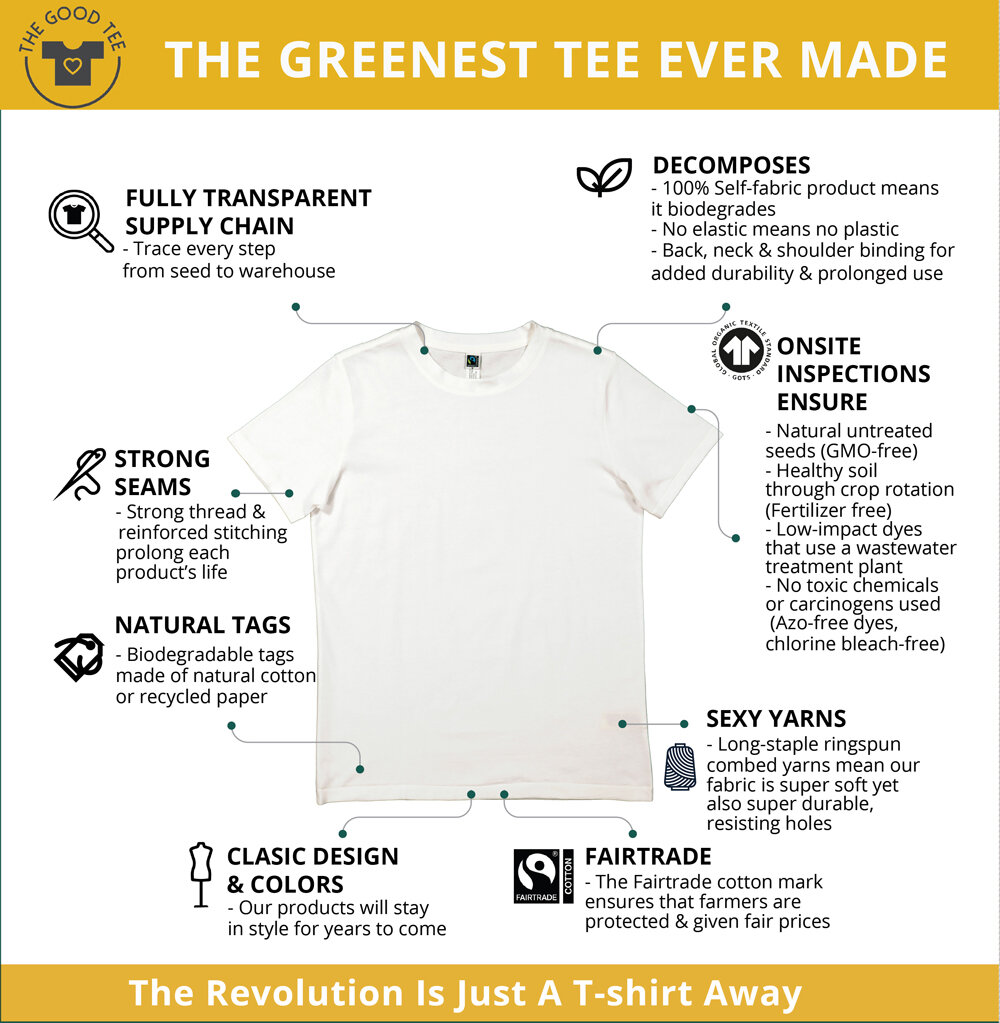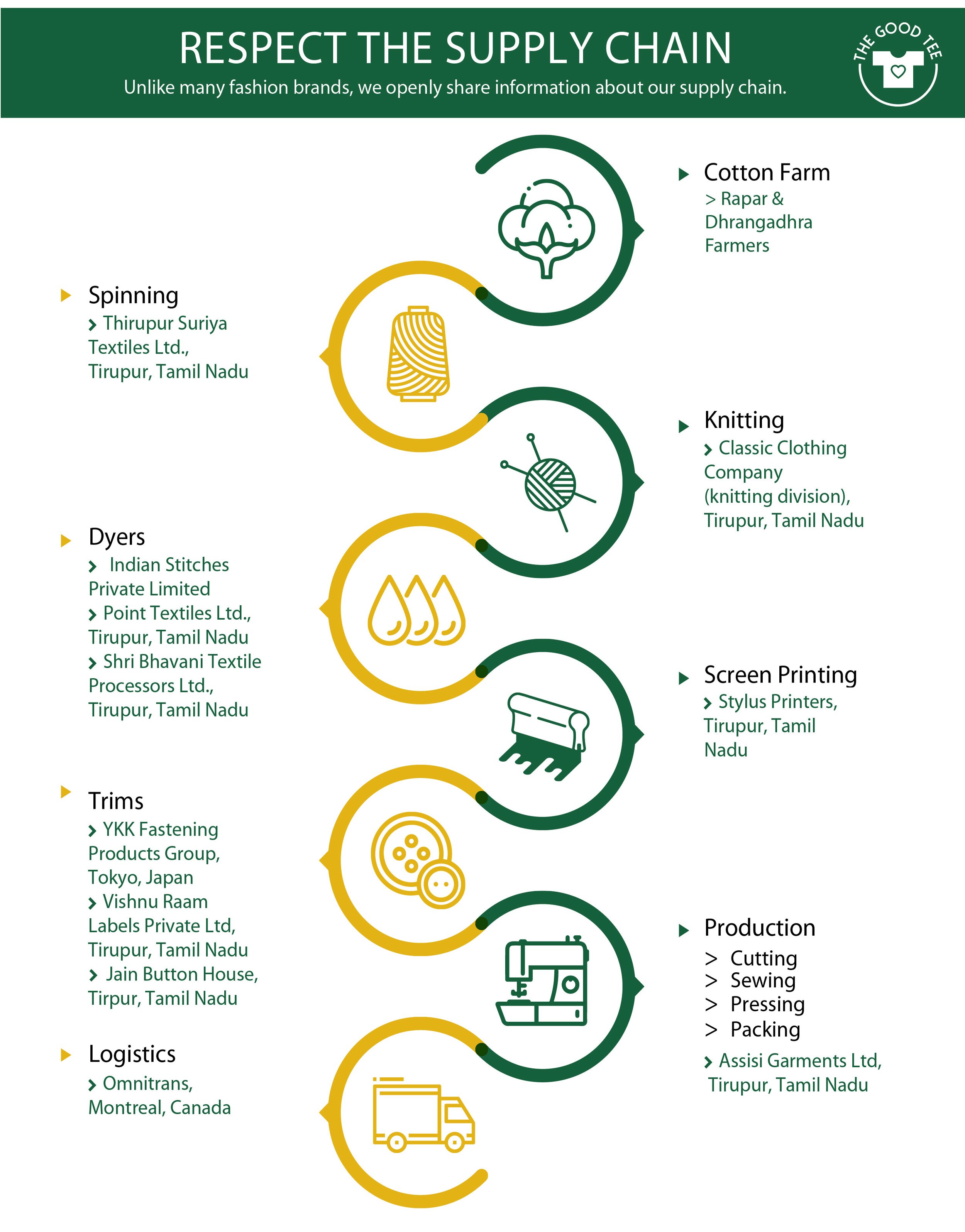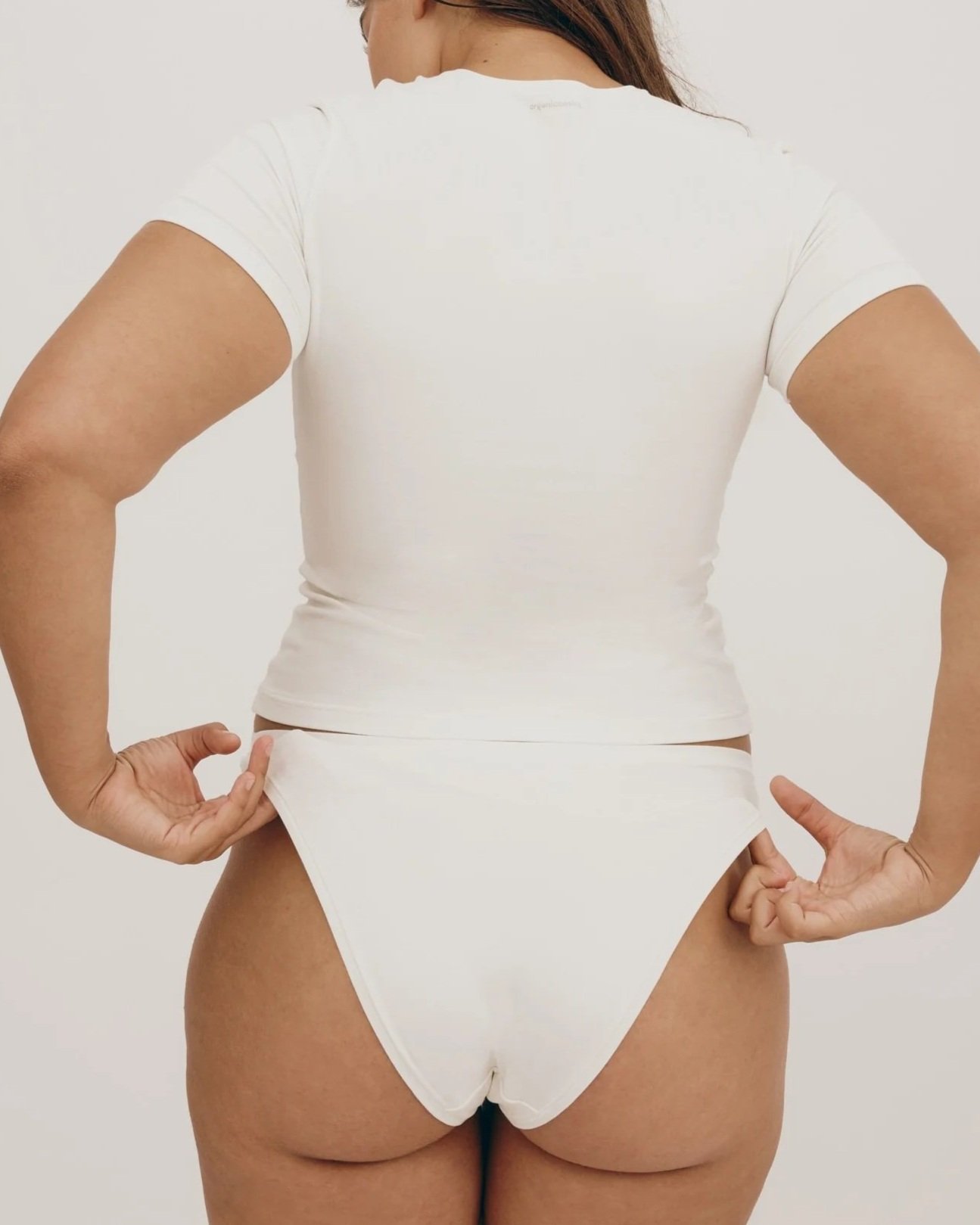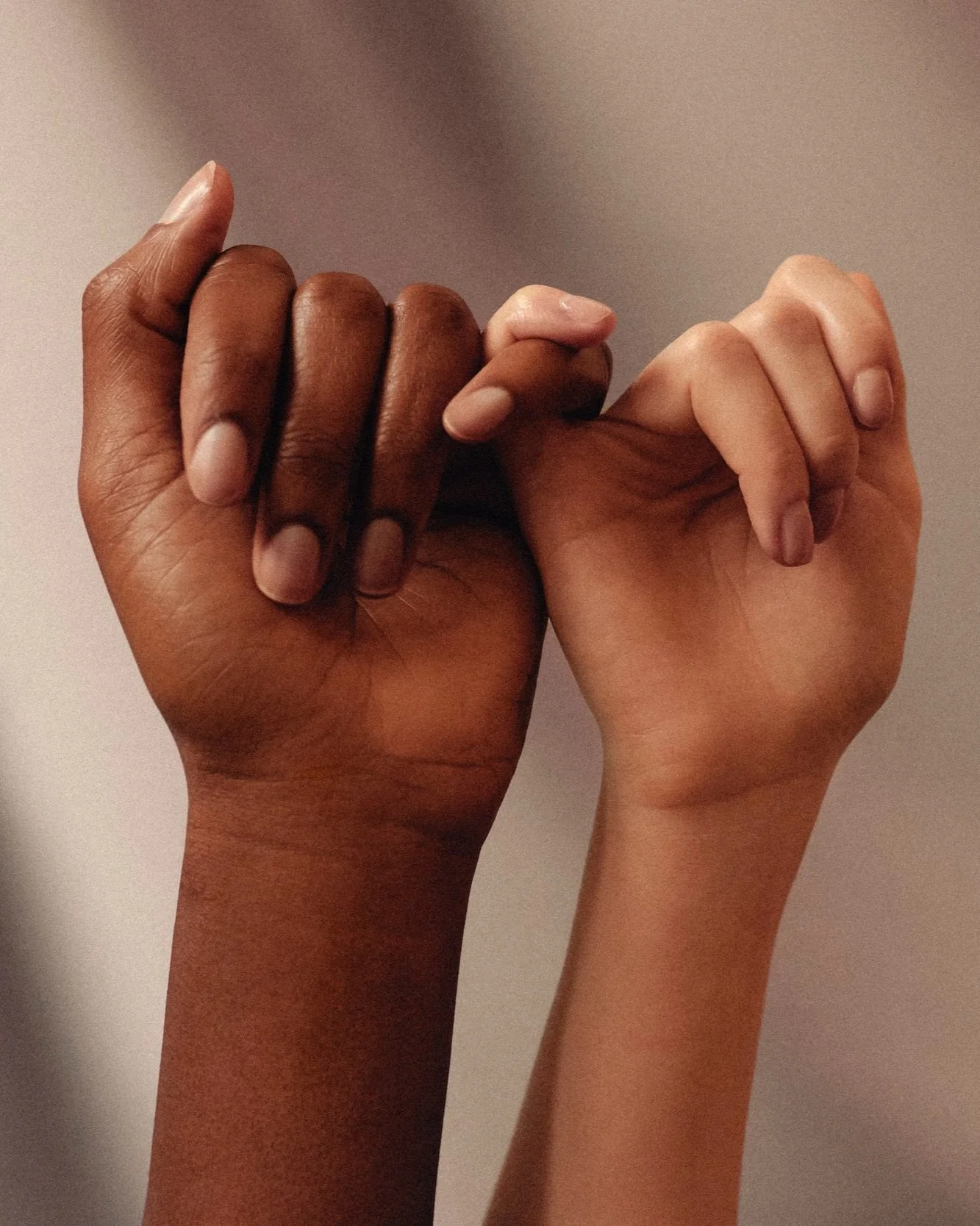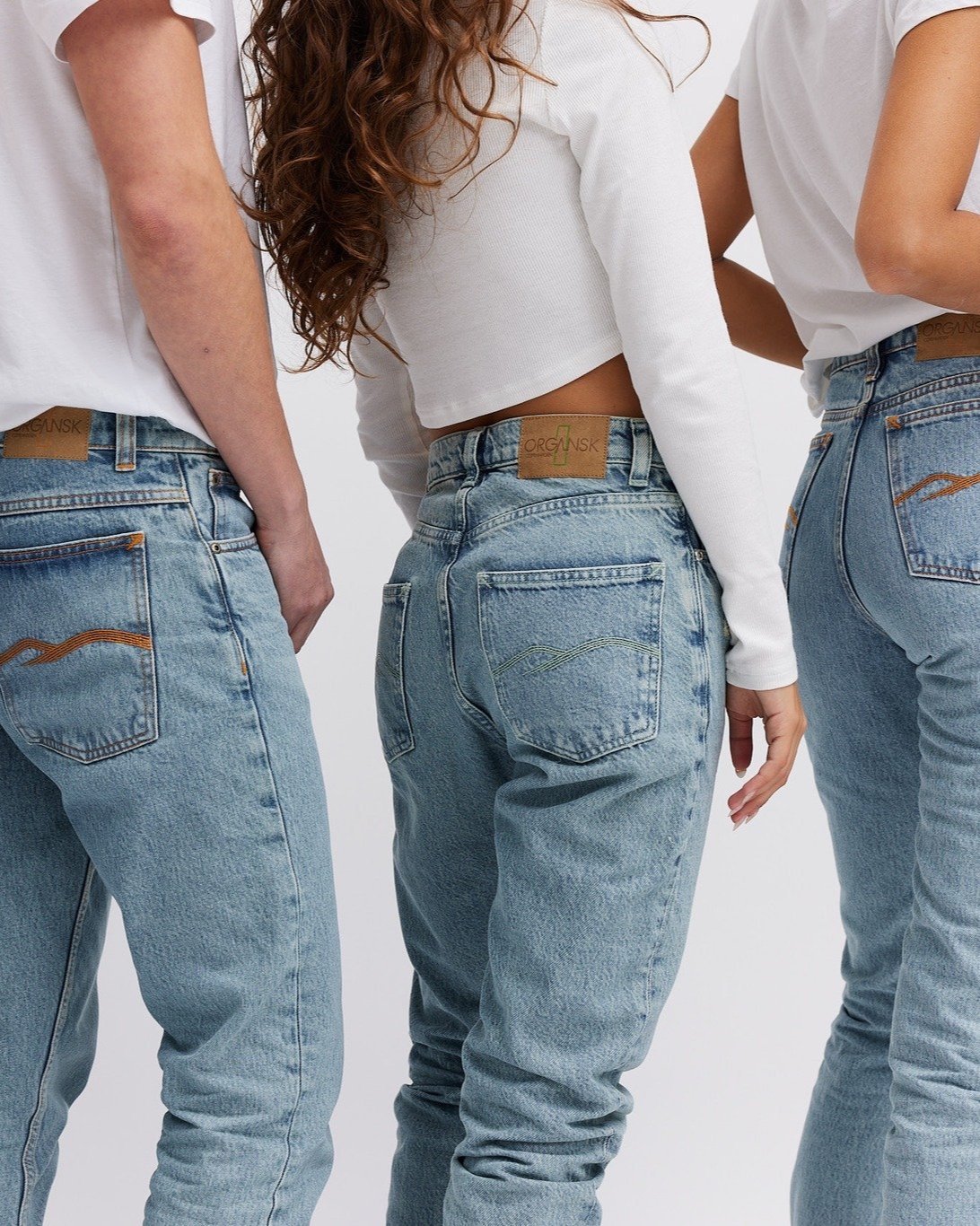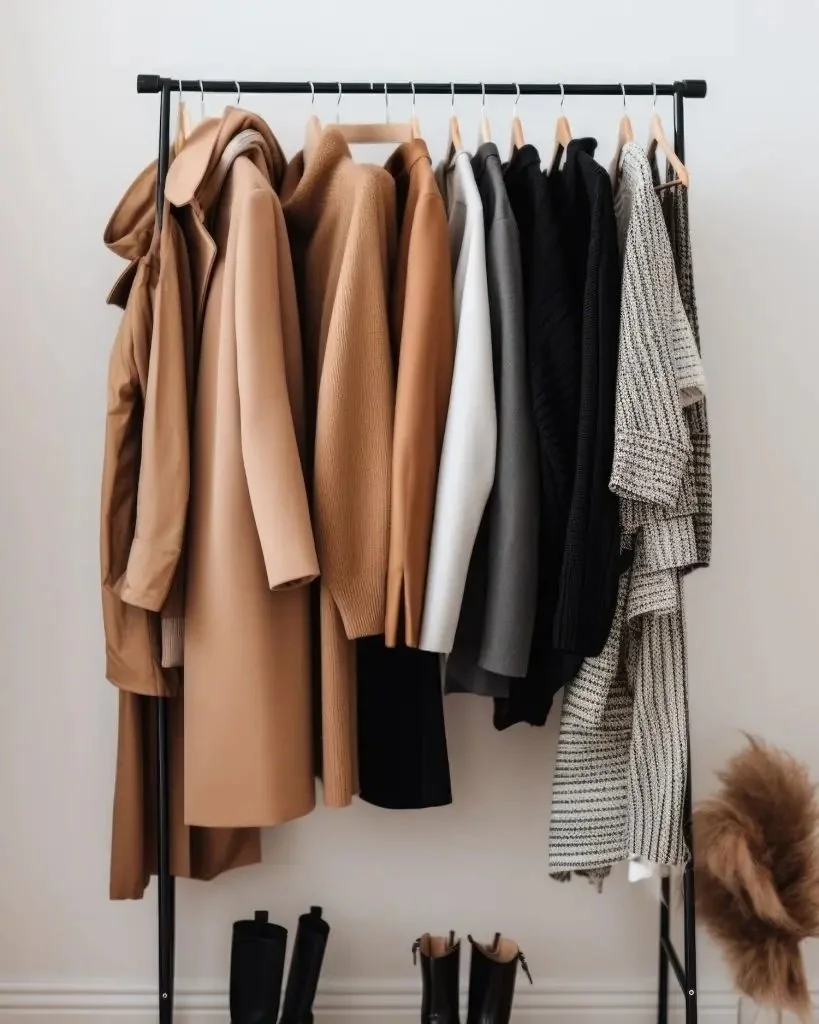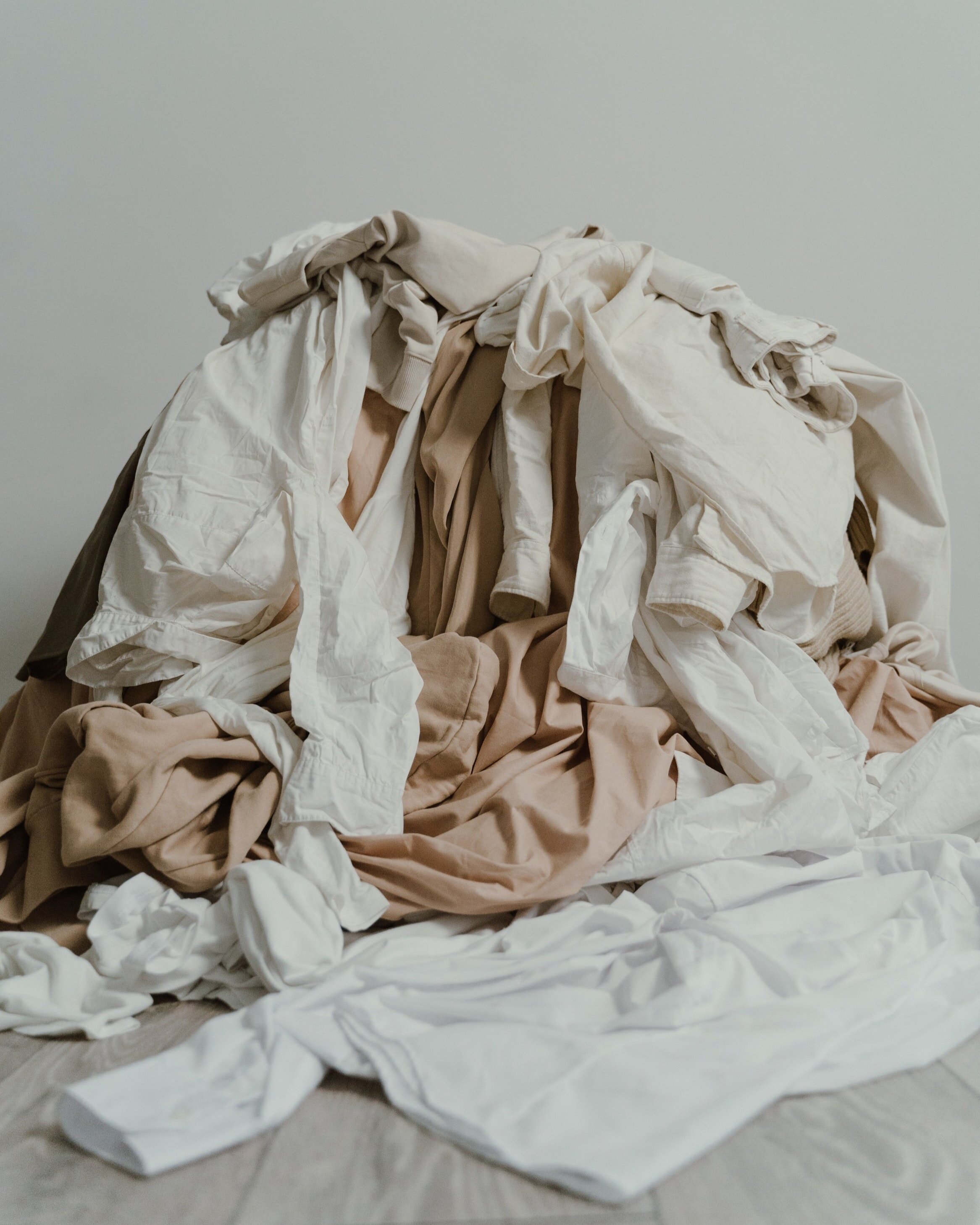True Cost Series | Why Does a Sustainable T-Shirt Cost $36?
Why is sustainable fashion more expensive?
A couple of weeks ago, I posted on social media about the price of sustainable fashion. The point of the post was to show there are many ways to have a sustainable closet - you don’t have to buy anything new. But if you do buy a new article of clothing from a sustainable brand, it can’t be done cheaply. There are fair costs that go into making a garment and labeling it ‘sustainable/ethical.’ I quickly learned from many comments that there is a complete disconnect between manufacturing and customers. We’ve been so used to seeing a $5-10 t-shirt we can’t fathom why it would cost over $30? This sparked my interest in creating a new line of posts on Sustainably Chic. I’m calling it the True Cost Series, and on the 1st of each month, I will take a garment from a sustainable brand & break down the cost.
Check out our other True Cost Series:
The High Price Of Hemp & Cost Breakdown Of A Towel
The Garment
The Good Tee
$36, Ethically Made in India
The perfect starting point is our beloved plain jersey cotton t-shirt! It’s the most basic part of a wardrobe and will likely be the smallest price point in this series.
I want to thank The Good Tee for being my guinea pig and making such a fantastic, thoughtful t-shirt! I’m wearing the Slim Fit Short Sleeve in the first photo, which is the same price as this one.
The Cost of Manufacturing
The first thing that comes to mind is ‘sewing,’ which is just one of 10 manufacturing price breakdowns for this t-shirt. Since The Good Tee uses Fair Trade Certified Organic Cotton, the material price is already higher. They are also a smaller brand, ordering smaller volumes so that it won’t have significant volume price breaks. If you are unfamiliar, conventional cotton uses several harmful toxic chemicals (such as dangerous insecticides like aldicarb, parathion, and methamidophos) to grow, which aren’t only damaging our soil, but the communities growing the crops. Using a strictly regulated clean fiber ensures the safety and well-being of farmers, our health, and the planet. Fairtrade cotton also protects farmers; since 1997, nearly 200k farmers in India have committed suicide.
India is an excellent location for manufacturing cotton products because they have some of the best organic cotton fields and certified factories to produce fabric and clothing. While it only accounts for about 1% of their farms, it still produces the most organic cotton compared to any other country. To read more about Indian cotton farmers and their path to organic, visit this link.
I love this cost breakdown from The Good Tee. It lays it all out there so you can see just how much goes into manufacturing a garment. From the fiber to the trimming from the production to the duties (18%!!!), every brand should offer their consumers a way to see what goes into the clothing you wear every day.
Now, after you see it takes almost $10 to make a fair trade t-shirt, HOW can brands like H&M create t-shirts (with partly organic materials) for half the price - without even adding the rest of the business expenses on in the markup?! And, yet, H&M is worth a whopping 18 BILLION dollars! It’s all done at the cost of people & the environment - and we can say this for most fashion retailers today.
LOCAL Business Costs
So, what about the other $26? The associated costs of doing business are another disconnect many consumers have. When you spend so much time creating a brand, it would be nice to profit the full $26, but not even close. You still have overhead to pay for (which would be your warehouse or storefront), and if you are also a wholesaler, you would have additional cuts to provide for other retailers. Your employees - and the owner - must be paid. The Good Tee manufactures offshore but still employs domestically. Most of the product development is done locally, and they have a graphic designer, technical designer, pattern maker, and sample maker to create every style. Then you have marketing, which is an essential part of a business and should account for 8% of your gross revenue. After all is said and done, you want to reinvest in the business and new product, which takes money, too.
WHEW! That’s a lot, isn’t it?! I hope this series continues bridging the gap between manufacturing and consumers so that we find more respect in the work that goes into the clothing we love to wear every day. Next time you see a garment and think the price is outrageous, send the brand an email and see if they can explain their price breakdown. Transparency is so important today.
*this is just an example and is not a universal price for every sustainably-made product - costs will vary from brand to brand*
MAKE SURE TO PIN THE PHOTO BELOW TO SAVE THIS POST FOR LATER!
WANT MORE SUSTAINABLE BRANDS? VISIT OUR BRAND DIRECTORY!
Our Brand Directory is home to hundreds of sustainable brands, from makeup to cleaning supplies, from underwear to shoes. We have broken everything down by category for easy shopping, along with discount codes unique to Sustainably Chic viewers.



